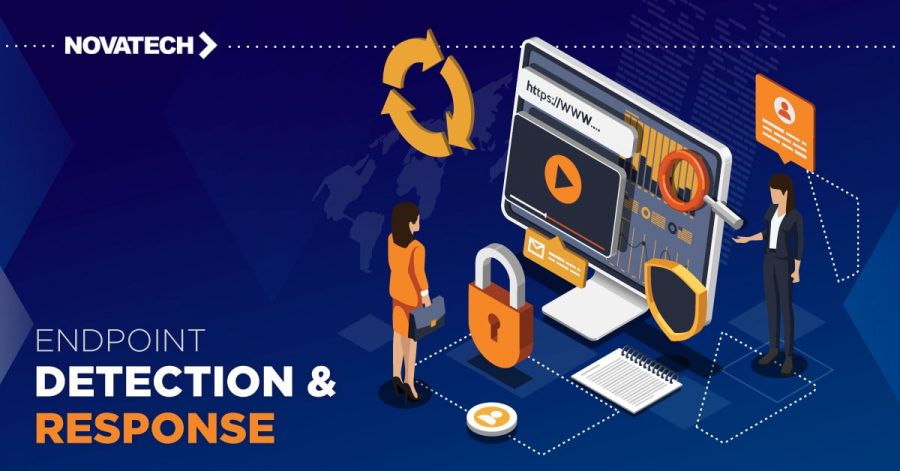How to Apply ASM to Your IT Strategy
3 min read

If you’re out of the loop on ASM, here’s a brief recap: it stands for Availability, Security, and Mobility. Previously, we’ve broken down what it is and how using it can help your business succeed.
Take a step back and look at the sum of everything that’s IT-related in your organization. You’ll quickly notice that each and every part of your IT is interrelated.
In other words, when one thing doesn’t work, it causes other things to not work too.
A Real-life Scenario
Here’s an example.
You’ve been travelling all week and you’re about to play some much needed catch-up on some work emails at the airport. You reach for your old work laptop and you try and turn it on, but it’s not working.
Now what?
Since your computer is broken and you’re out travelling, you can’t check up on your work for a while. You’ll miss out on an email that came from an important client asking for a file that was stored only on your laptop.
With that skipped email, you’ll miss out on a big deal that could have been particularly lucrative to your company. Your business directly suffered because of your outdated equipment.
Availability in Practical Terms
Let’s run the example again, but with ASM in mind.
Before you start traveling, you notice that your laptop isn’t performing like it used to. It turns off randomly, it goes slow, and it generally isn’t ideal to work from. Though it’ll cost you now, you decide that it’s time to upgrade it because you know you need it to work around the clock.
You then go on your business trip with your new laptop and you answer emails from around the world without fail.
You’ve just used the “availability” part of ASM. You kept in mind the importance of uptime and accessibility and your business directly improved from it.
But that’s just a small example.
For the entire company, that may involve ensuring the availability of the servers at all times or setting up a business continuity plan.
Security in Practical Terms
Data flows exist between multiple devices at any point and time. When building an IT strategy, it’s always important to consider services and solutions that safeguard data at all times.
After all, hacking isn’t a headache reserved only for large businesses. Many small business owners may think they can fly under the radar of cyber hackers, but they’re wrong. Cyber attacks targeting small businesses have risen from 18 percent in late 2011 to 36 percent today.
In daily operations, that includes having thorough mobile device management (MDM) policies and encrypted email security features.
Mobility in Practical Terms
You can’t discuss modern IT strategy without mentioning mobility. Cybersecurity Ventures predicts that smartphones will account for more than 55% of total IP traffic in 2025.
Mobility allows us to work from anywhere – everywhere – without losing momentum, productivity, and collaboration.
Everything in your IT should contribute to making your office more mobile. That might include introducing modern portable VoIP phone systems, chat applications, and file sharing solutions to your office workflow.
ASM as a Part of IT Strategy
Combining all three parts of ASM will put you on track for a forward-thinking IT strategy. When you miss out on even one of the three key components of ASM, your business suffers.
They each work in consistent symbiosis with one another. If you’d like to discuss how ASM can apply to your business, or to get a better idea of ASM in general, reach out to us.


